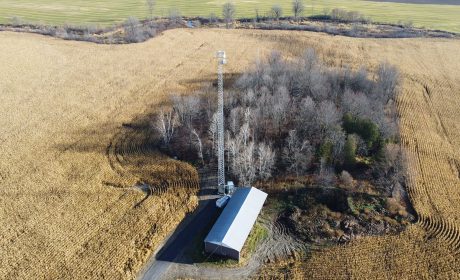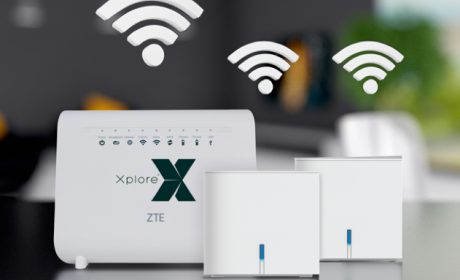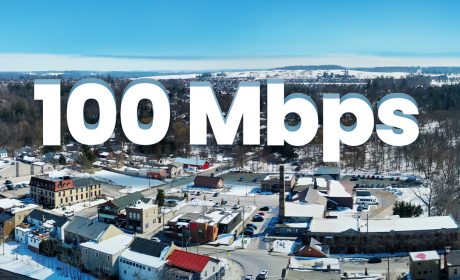Satellite Key to Faster Rural Internet in Canada: Jupiter 3's Orbital Raising Journey


In September 2022 Xplornet became Xplore. Read more here.
The recent launch of Hughes' JUPITER™ 3 satellite marks a game-changing milestone in bringing ultra-fast Internet to Canadians living in rural areas. Here’s what it took for the satellite to journey to its final destination.
The Out-of-This-World Parking Spot: Orbital Slots
Every GEO satellite has its own "parking spot" in space, officially known as its orbital slot. The satellite goes through an intricate orbit raising process, much like an out-of-this-world on-ramp maneuver, to arrive at its final resting place. JUPITER 3 has been assigned a slot at 95 degrees west, which puts it nearly 22,300 miles above Earth.
The International Telecommunication Union (ITU) allocates and assigns these orbital slots, ensuring all GEO satellites can peacefully coexist in space without any collisions. The ITU also assigns a range of radio frequencies for each satellite, preventing interference when sending or receiving signals.
Keeping the Satellite Afloat
JUPITER 3 remains in orbit by maintaining a velocity resistant to Earth's gravitational pull. It doesn't require fuel to maintain this speed. Instead, the satellite uses fuel to adjust its orbit and stay fixed above Earth in its assigned orbital slot. The spacecraft's electric ion thruster propulsion system powers this process.
The Final Touches
Once JUPITER 3 reaches its parking spot, it switches to an "on-orbit" mode, preserving power for the payload. The spacecraft's expected lifespan is around 15 years, and efficient use of its on-board fuel can potentially prolong its longevity beyond this standard period.
To be fully operational, the satellite deploys six main reflectors, undergoing a highly choreographed sequence to ensure proper deployment. After deployment, the satellite goes through the in-orbit testing process, validating the pathways for signal transmission.
What will J3 Satellite Mean for Rural Internet in Canada
JUPITER 3 will soon become fully operational and, in early January 2024, Xplore will bring rural Canadians next-generations satellite Internet with speeds up to 100 Mbps. This will be a bold new step toward making sure more rural and remote Canadians can work, learn, play, and connect.
This means more Canadians that live in rural areas will be able to access remote career opportunities, educational resources and virtual medical care. Soon they’ll be able to stream, browse and video chat with family and friends far away, on multiple devices all online at the same time.
To learn more about JUPITER 3 and how satellites work, check out Hughes’ interactive infographic.


